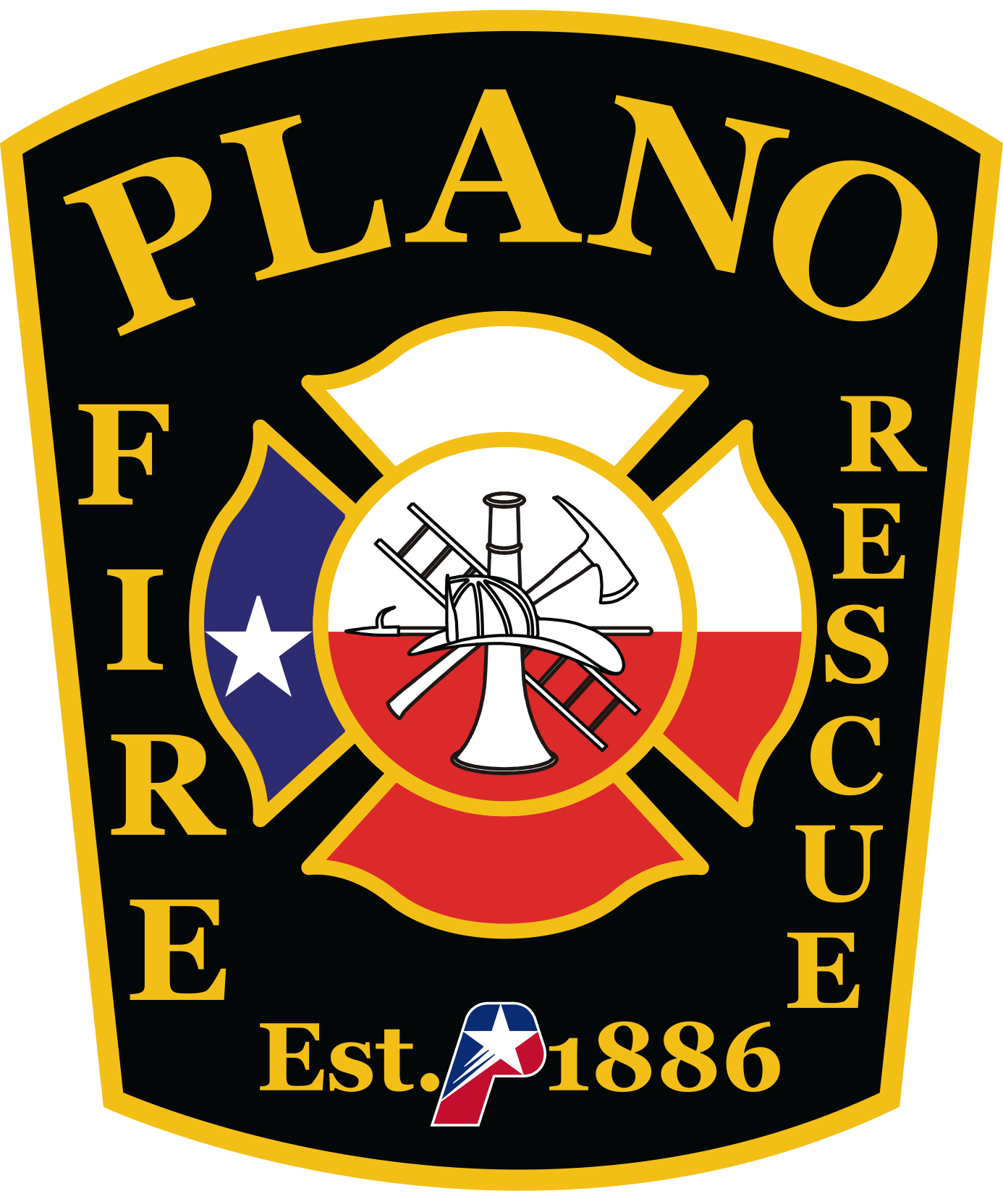Program Saves Hospitals Over $1.5 Million While Reducing 911 Utilization
Plano Fire-Rescue advances community paramedicine. Joshua Clouse, BSBM, CP-C, Lic-P, a firefighter-paramedic with Plano Fire-Rescue was an early adopter of Community Paramedicine, a program advancing the role of paramedics into post-hospital, in-home care.

CHALLENGE
Clouse and his team were soon going beyond the limits of their electronic Patient Care Report (ePCR) and paper-based system. In 2015, Plano Fire-Rescue responded to nearly 1,200 calls to 911 from 200 patients who utilized EMS services frequently for non-emergency situations.
Additionally, hospitals in the North Dallas area were struggling with readmission rates rising to an all-time high for Medicare beneficiaries. Working as a coalition of 17 acute care hospitals and area stakeholders, they cited numerous challenges such as a lack of transparency within clinical, inconsistent post-acute care; fragmented care coordination; poor communication between providers; lack of medication reconciliation; and ineffective patient education.
The main objective of the hospitals within the coalition was to reduce admissions and readmissions while improving access to care for Medicare beneficiaries.
SOLUTION
To expand their Community Paramedicine program, Clouse needed a way to manage more patients within a collaborative, clinically-driven process while uniting a large system of isolated and episodic care. After an in-depth search of available Community Paramedicine, Mobile Integrated Health (CP/MIH) solutions, Clouse and his team chose HealthCall for their years of expertise in designing clinically proven CP/MIH Care Programs, care coordination platform, care collaboration network, and ability automated patient engagement. Clouse explained, “HealthCall is the only real solution we found that allows us to do all that we do and document that way”.
Within two weeks, Plano Fire-Rescue presented their completed HealthCall Care Programs to the coalition explaining how the care plans act as a guide to patients and paramedics in following best practices, and how patients are engaged in a process of coaching, educating, and assessing within a series of encounters scheduled over a period of time. Clouse highlighted the patient self-management guides featuring green, yellow, and red zones that help patients easily recognize if they’re safe with their symptoms or what action to take if they are not; and how integrated teaching guides and dialog prompters are included for the paramedics.
The coalition approved the new HealthCall CP Programs and agreed to refer patients from member hospitals.
“HealthCall is the only real solution we found that allows us to do all that we do and document that way”
HOW IT WORKS
Trained paramedics act as an extension of the care team, coordinating care between primary care, ancillary care, and community and social services. Paramedics are uniquely positioned to provide in-home care.
Patients were selected by nurse navigators based upon a number of risk factors including disease and disease state. For example, those living in Plano with a primary diagnosis of CHF and having multiple admissions. Along with post-acute care, patients from assisted living, skilled nursing facilities were also included.
Selected patients opt-in to the program after being introduced to the program by a discharge planner or paramedic in the hospital. Paramedics then enter the patient’s information into the HealthCall system and assign them to an appropriate Care Program.
Each Care Program is designed to prevent readmissions by focusing on the root cause within a highly patient-centric approach. Healthy lifestyle choices, behavioral factors, social determinants, and preventive medical care are addressed through a novel method of coaching, educating, and assessing patients within a series of in-home visits and automated assessments over a ninety-day period.
“Each patient is different and this program gives us the opportunity to tailor the care around their needs”
The specific education materials, coaching skills, and assessment criteria are based upon the best practices outlined within the Care Program and guided by the HealthCall encounter management tools. For example, paramedics may assess relevant clinical markers, medical health, mental health, economic and transportation needs, and patient self-care efficacy. Using disease-specific self-management guides, paramedics use coaching techniques designed to instill healthier self-care behaviors.
Paramedics also review discharge instructions and coach patients on taking their medications as prescribed. While in the home, paramedics also inventory all medications, identify duplications, and check for expired medications.
As needed, paramedics coordinate care with community services and make referrals to providers and specialists. “Our goal is to help each patient receive the care and support they need. Each patient is different and this program gives us the opportunity to tailor the care around their needs,” says Clouse.
HIGH TOUCH CARE
“Using the HealthCall-APR system is like having an extra employee taking care of patient follow-up.”
From home or away, in less than 4 minutes a day, patients simply answer a few questions regarding their current health using a touchtone phone, text, email, or smartphone. Individualized decision support tools analyze patient responses for potential risk. The APR system then notifies paramedics of assessments that are flagged outside of prescribed limits. This automated patient engagement system helps reinforce health literacy while promoting healthier self-care skills between live encounters. Operationally, the APR system enables a process of manage-by-exception, freeing paramedics to focus on those patients with increased risk indicators.
RESULTS
With 225 patients under management, Plano Fire-Rescue Community Paramedicine program continues to drive down costs while improving care.
Based upon an extrapolation of earlier findings, this program has saved an estimated $98,800 in ambulance transports; 278,200 in hospital ED visits, and $1,577,000 in all-cause hospital admission savings.
“Many patients within our target population routinely call 9-1-1 to be evaluated but aren’t transported,” says Clouse. “Under the current CMS pay schedule, those providers won’t be paid, even though they’ve incurred a significant expense. By not transporting the patient, on average, $3,500 in unnecessary emergency room expenses would be saved.”
